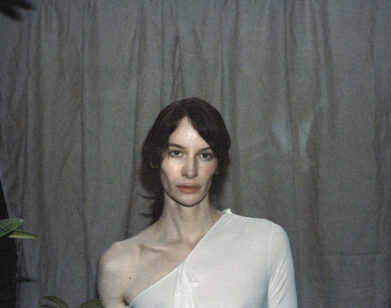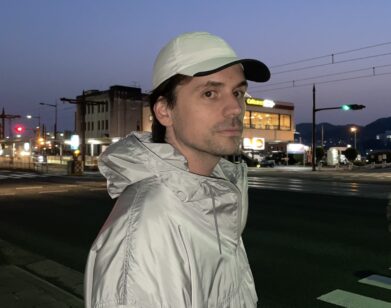Haris Epaminonda’s work transforms ordinary objects into abstract art
Haris Epaminonda wants her work to be timeless, but not in the sense of it enduring forever. In fact, she’d rather escape time entirely. The 37-year-old native of Cyprus collects found objects and frees them from their history by placing them in site-specific, deceptively simple installations. But first, she lives with them.
A vase, for instance, might sit on her desk at home for months before it enters one of her eerily sparse settings. “I turn these items I find back into some sort of abstract material, so that I can no longer define what it was that originally attracted me,” she says.
For nearly a decade, the Berlin-based artist has exhibited her uncanny installations around the world in a series of numbered shows that she refers to as “volumes.” She reached “Vol. XXII” in 2017; among the objects placed throughout the Aspen Art Museum were a small Japanese woodcarving of a goldfish, facing its reflection in a mirror; a dried palm leaf delicately hanging from a thin metal grid, casting a shadow on a sheet of gold foil; and a black porcelain vase, tucked in a corner on top of marble floor tiles and beneath a framed book page.
Epaminonda’s choreography of space draws viewers into a visual dance, allowing them to slow down enough to consider her jarring, unexpected pairings. It’s a quality her work shares with that of one of her inspirations, the surrealist painter Giorgio de Chirico. “This place he has created gives you a tranquil feeling,” she says, “a feeling of mystery that you cannot resolve, like you’re diving into the unknown and into the unconscious.”
CLICK HERE TO SEE MORE ARTISTS RETHINKING OUR NOTIONS OF PAINTING, SCULPTURE, VIDEO, PERFORMANCE, AND WHAT IT MEANS TO MAKE ART IN A DIFFICULT WORLD.







